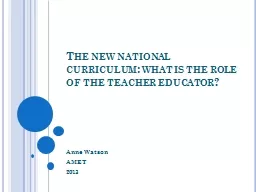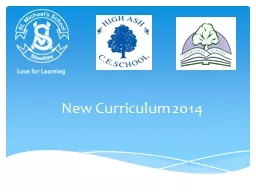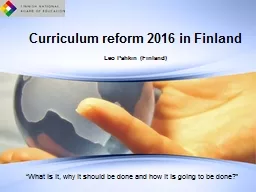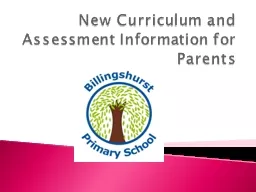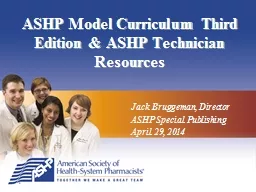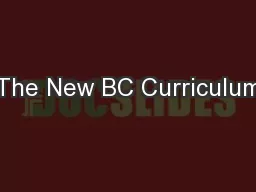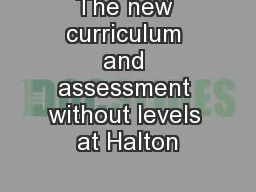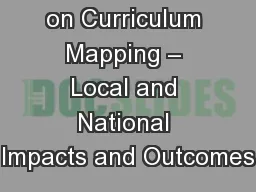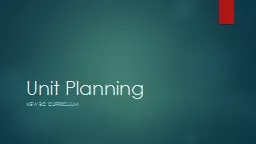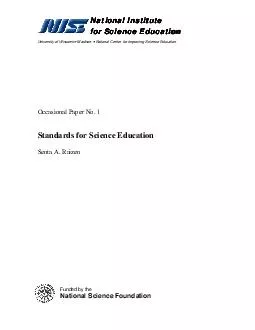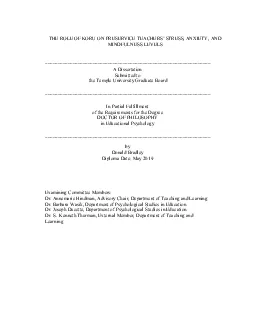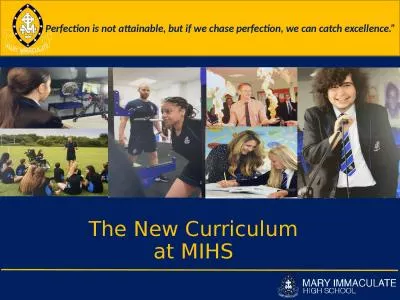PPT-The new national curriculum: what is the role of the teache
Author : yoshiko-marsland | Published Date : 2016-09-19
Anne Watson AMET 2013 Purpose of study Mathematics is a creative and highly interconnected discipline that has been developed over centuries providing the solution
Presentation Embed Code
Download Presentation
Download Presentation The PPT/PDF document "The new national curriculum: what is the..." is the property of its rightful owner. Permission is granted to download and print the materials on this website for personal, non-commercial use only, and to display it on your personal computer provided you do not modify the materials and that you retain all copyright notices contained in the materials. By downloading content from our website, you accept the terms of this agreement.
The new national curriculum: what is the role of the teache: Transcript
Download Rules Of Document
"The new national curriculum: what is the role of the teache"The content belongs to its owner. You may download and print it for personal use, without modification, and keep all copyright notices. By downloading, you agree to these terms.
Related Documents

